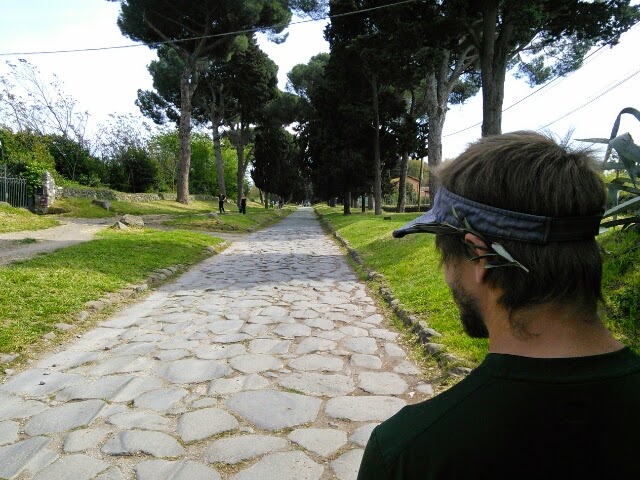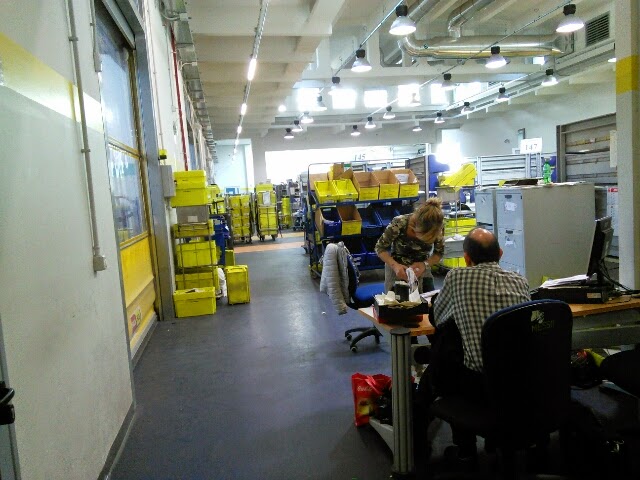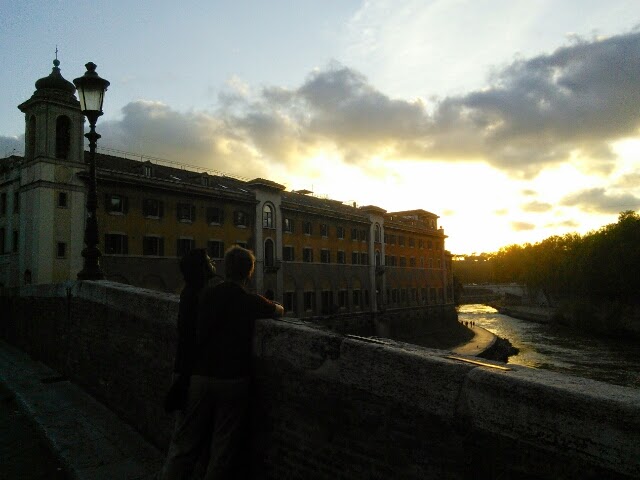Hej hej! It is the beginning of spring in Scandinavia, and the birds have just come back from Spain and Africa. We have joined them, and are staying in Mälarhöjden, a suburb of Stockholm, five minutes from the world's largest IKEA store. Our lovely host, the Östlunds, have been incredible ambassadors of Swedish history, food, and humor. We are discovering how little we knew about Sweden (and the whole Baltic Sea region) before coming here.

This whole city is built on tons of islands. You should Google map Stockholm and check out the crazy archipelago it sits on (and capture the two Pokemon while you'd at it). Pretty flat in the center, it gets fun and hilly out where we are staying. There are giant granite boulders peeking out and the soil is only about 1 meter deep. But the Swedes are real good at digging tunnels through rock (mines of Moria, anyone?). Most of the houses in this neighborhood have geothermal heating for example - each house having a tunnel going 250 meters down through the earth.
When you think of Sweden, you probably don't think of cardamom. But yesterday, while enjoying fika (a coffee break) with our hosts, I discovered the Swedish cardamom bun. It's like a cinnamon roll, but flavored with cardamom, which to me was definitely a double-take. What? Cardamom is distinctly South Asian, right? Nope. These cardamom buns are the perfect combination of sweet and spicy, fluffy and crunchy. They are sold in every bakery here, and are reason enough to come visit.
Josh has been geeking out over the architecture, especially the work of Gunnar Asplund, whom he studied in school. Asplund was a bit obsessive, but his City Library and Woodland Cemetery (Skogskyrkogården) are very striking, I have to admit. Look at these "hieroglyphics" on the wall of the library. Egyptian and Greek motifs were everywhere, but never quite as you would expect. There is also the Drottningsholm palace, a mini Versailles with an awesome, very well preserved Baroque theater.



I think my favorite part of being here, apart from taking in the excellent, clean air and environment, is learning about the country through the eyes of our hosts. They reveal how Sweden, like everywhere, is a country of contradictions. We learned that Sweden is a major arms exporter, yet has not fought in any war since 1814, a fact which explains some of its prosperity. It sold steel to both the Allies and the Axis powers during World War II, for example. We learned that the Swedish language abolished the formal "you" pronoun in the 1960s, and considers itself the most casual country in Europe, but that some young people are bringing it back when speaking to adults, in a kind of ironic politeness rebellion.
We learned about how even private schools are free, since the government pays each school per student, but that some people are starting private schools, attracting students with perks like "free gym membership" and McDonalds vouchers, and then providing a substandard education while getting rich from the government payments that they don't actually use for teaching. By the way, our host brother went to this amazing school in Stockholm, which really challenges any school in America with its emphasis on diversity and multiculturalism. http://sverigesradio.se/sida/artikel.aspx?programid=2054&artikel=5526738
We learned that Swedish law and tradition gives everyone the right to enter, hike, camp, and even pick berries and flowers on land that is not too developed or built up, even if it is owned privately, but that certain companies are using this tradition (called allemansrätten) to bring workers from Thailand to harvest wild berries freely which they then sell for a profit.
It's hard being a utopia!
Listening to an free organ concert in Stockholm cathedral on Saturday, I couldn't help but feel a sense of homecoming. I know that sounds strange, but it was peaceful, open to all, casual, and interesting. Having all of these features present simultaneously is a rare thing, based on the places we've stopped on our trip. Utopian or not, this feeling is palpable in Sweden so far, and makes me think, "Yeah. I could live here." But could I afford it? Um..... Check with me again after I get used to paying $5.50 for a single subway ride!











































